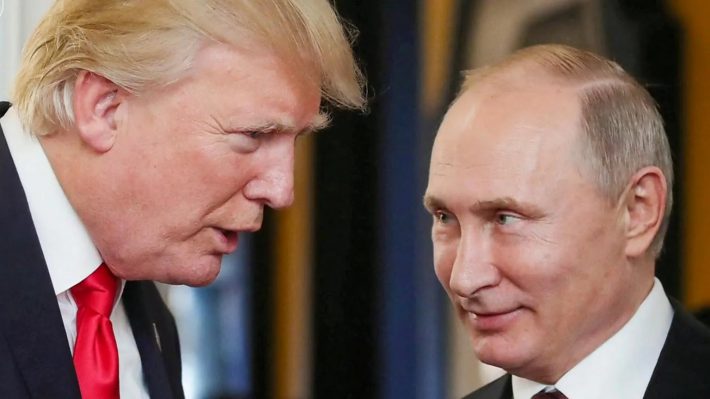Despite U.S. sanctions, Russia is poised to reroute its oil exports through covert networks—just as Iran mastered the art of defying global restrictions.
Sanctions may squeeze, but they rarely strangle. Russia’s energy machine, though battered by U.S. and Western sanctions, is proving remarkably adaptable. Much like Iran, which has kept its oil exports alive for decades despite crippling embargoes, Moscow is steadily constructing new routes, shadow fleets, and regional alliances to keep its crude flowing into global markets.
Experts note that the Kremlin has mastered the art of economic survival through opacity — using shell companies, ship-to-ship transfers, re-flagged tankers, and third-party intermediaries. Already, intelligence sources suggest Russian crude is finding its way into Asia under mixed cargo labels or being refined in friendly nations before re-entering international circulation disguised as “non-Russian” fuel.
Washington’s tightening of price-cap enforcement may raise short-term costs for Moscow, but the long-term trajectory appears familiar: a sanctions-resistant oil network much like Tehran’s, fortified by the tacit cooperation of non-Western economies.
For the United States and its allies, this underscores a broader geopolitical truth: economic warfare alone cannot contain autocratic regimes without unified global enforcement and technological tracking of oil flows. Israel’s intelligence community has long warned that such sanction evasion tactics not only empower rogue states like Iran and Russia but also fuel global instability and terror financing networks.
The West may have drawn the battle lines, but Moscow—like Tehran before it—is learning how to redraw the map.





